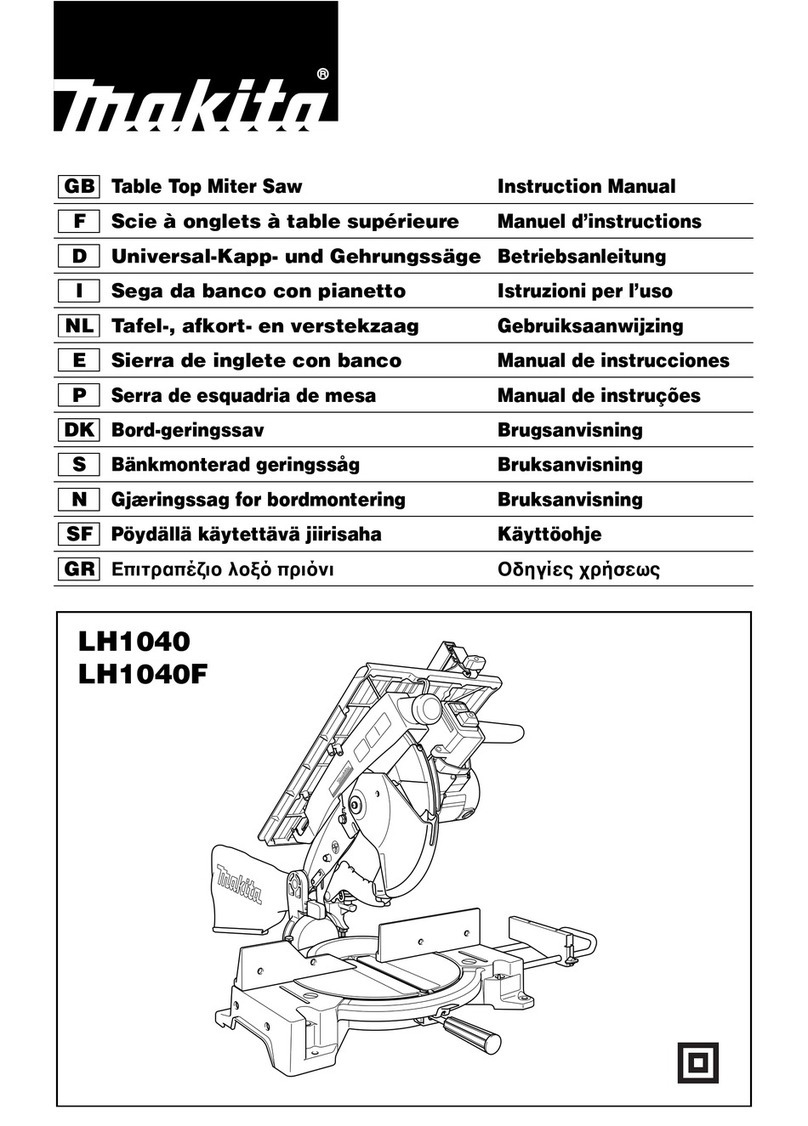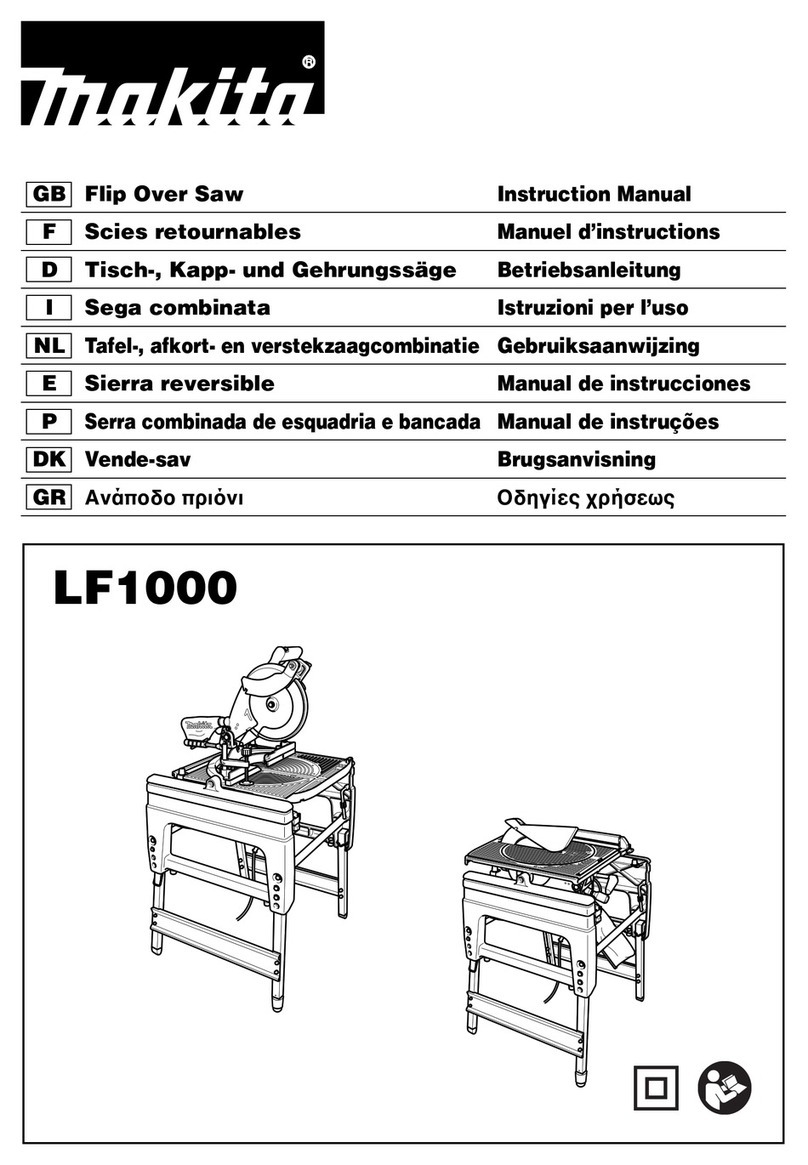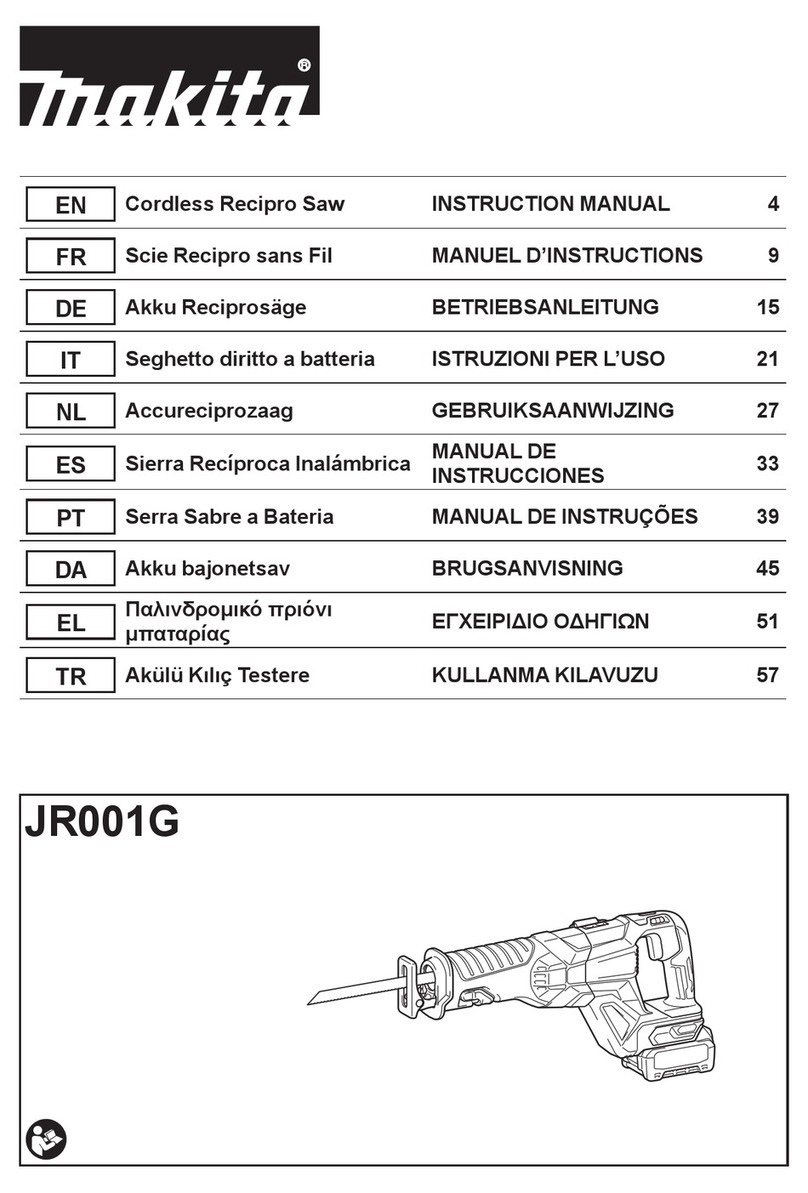Makita LS1214 User manual
Other Makita Saw manuals
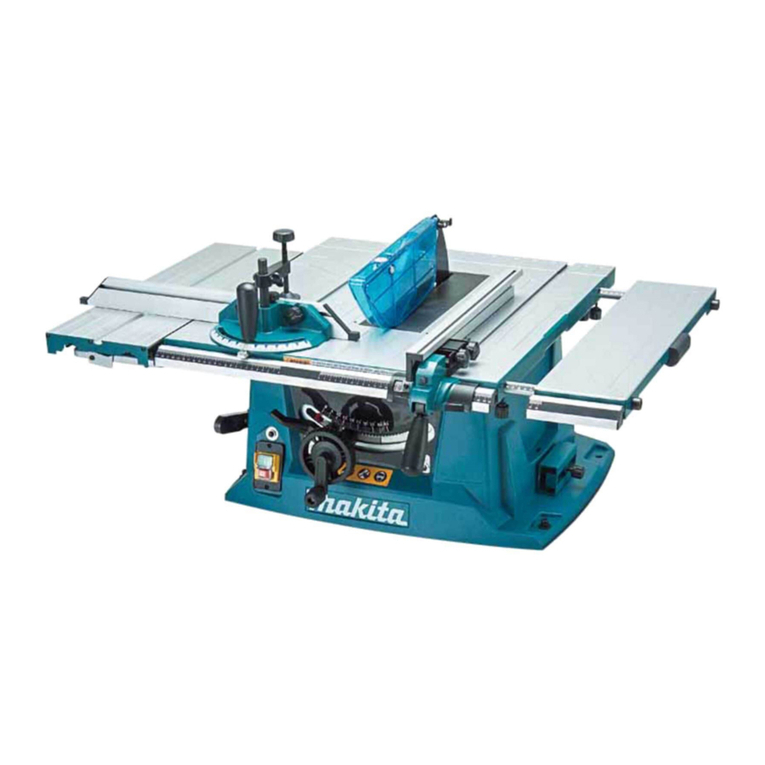
Makita
Makita MLT100N User manual
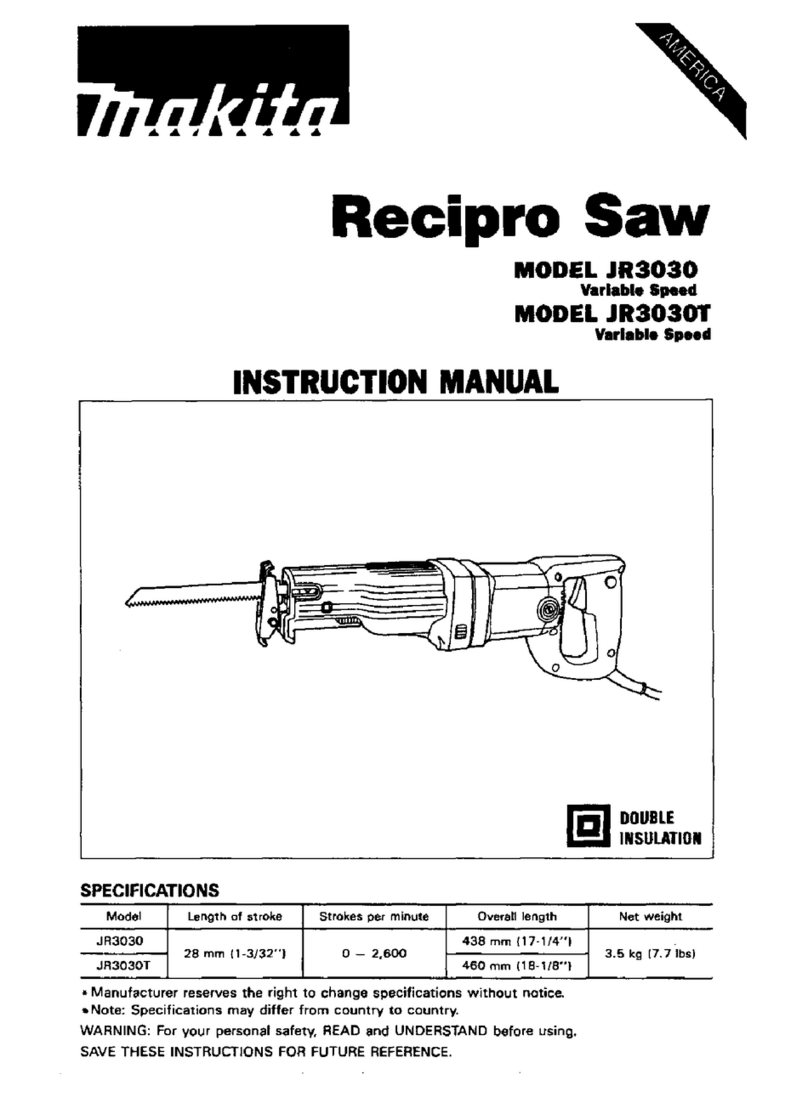
Makita
Makita JR3030T User manual
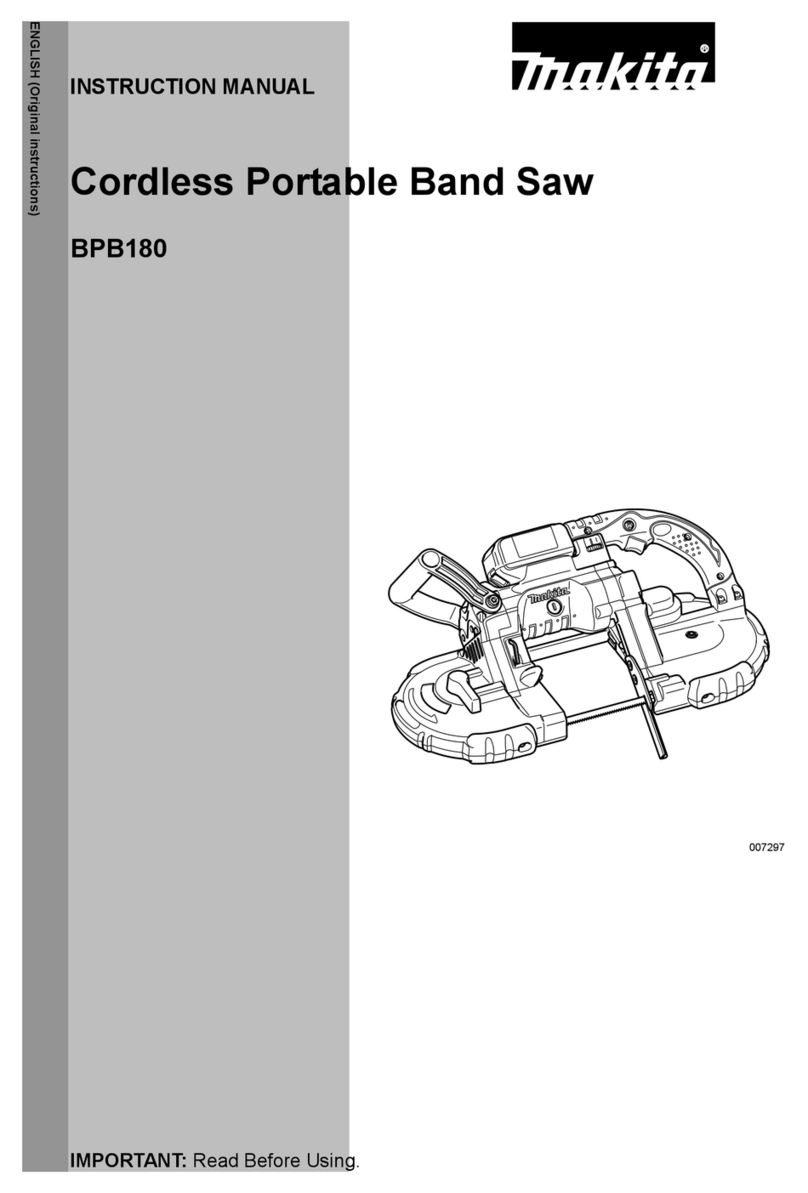
Makita
Makita BPB180 User manual
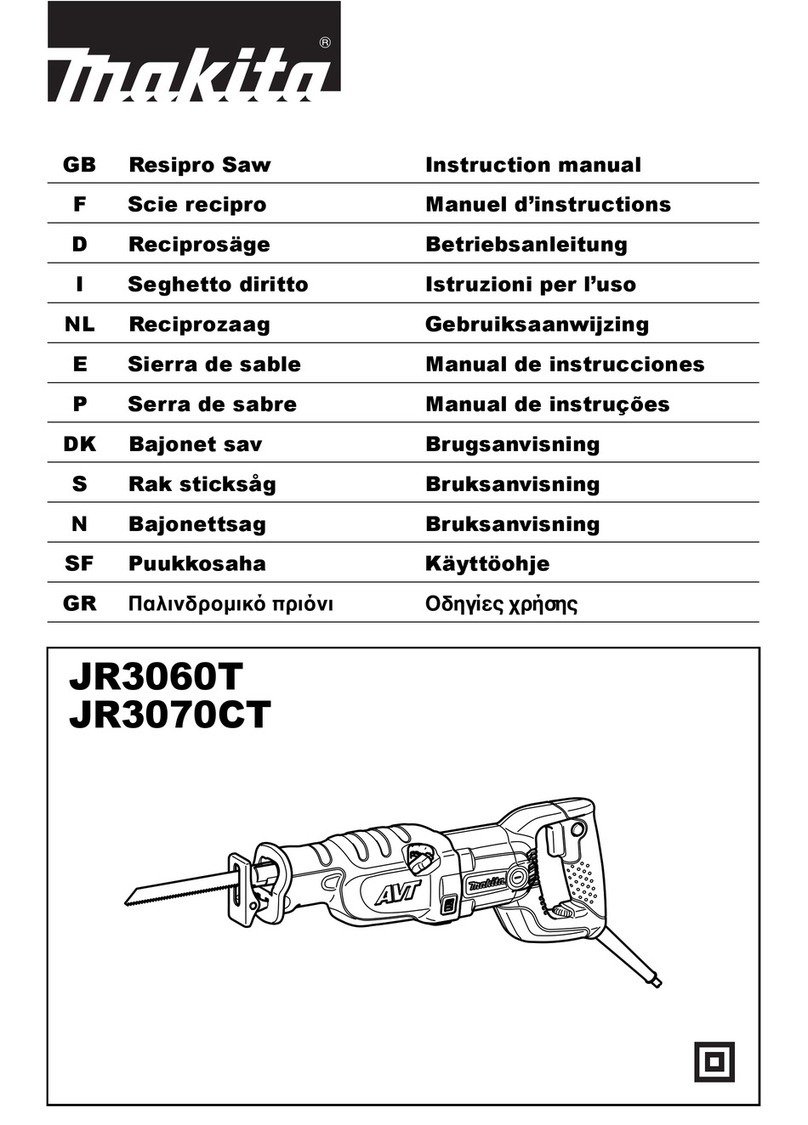
Makita
Makita JR3060T User manual

Makita
Makita JR3060T User manual
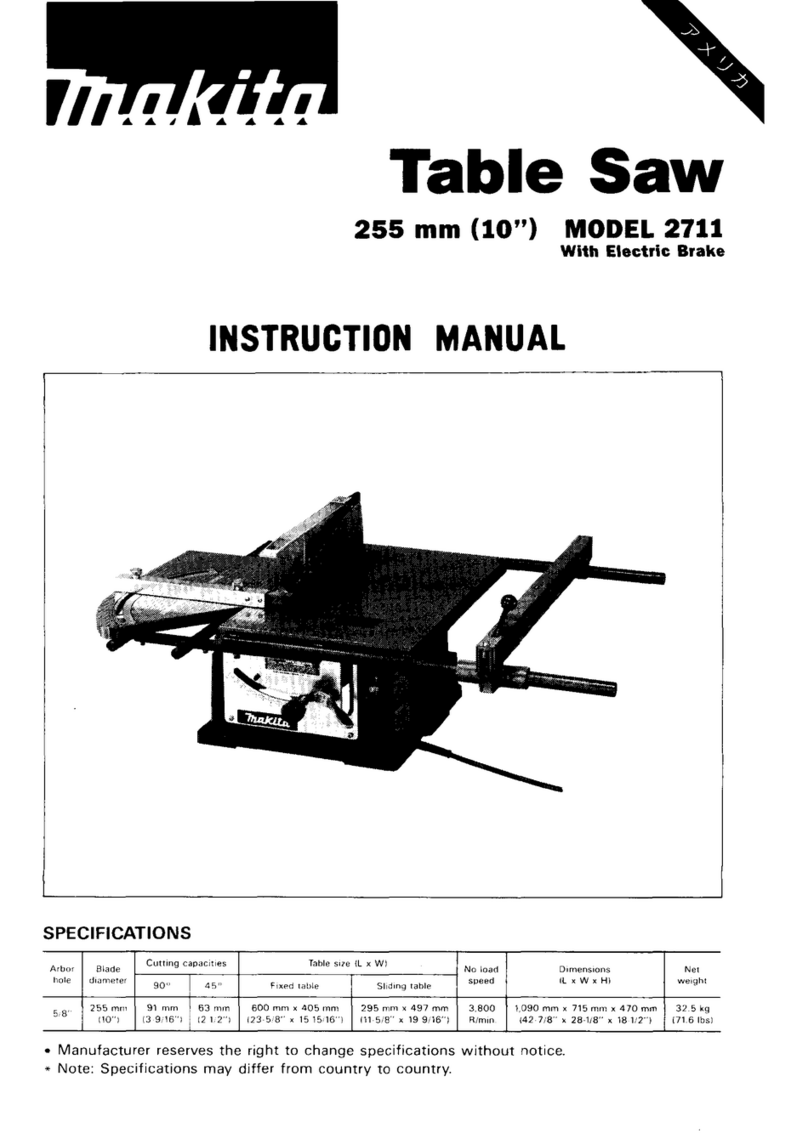
Makita
Makita ARBOR 2711 User manual

Makita
Makita LS1018 User manual
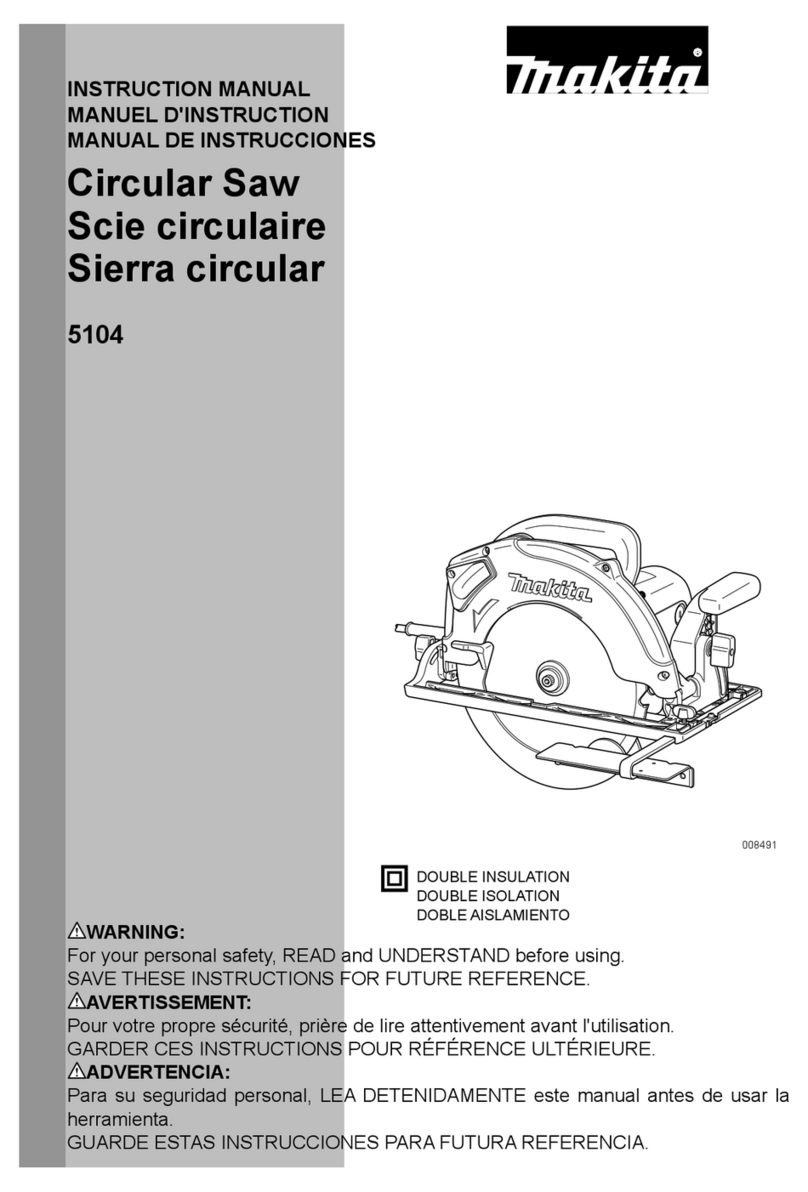
Makita
Makita 5104 User manual
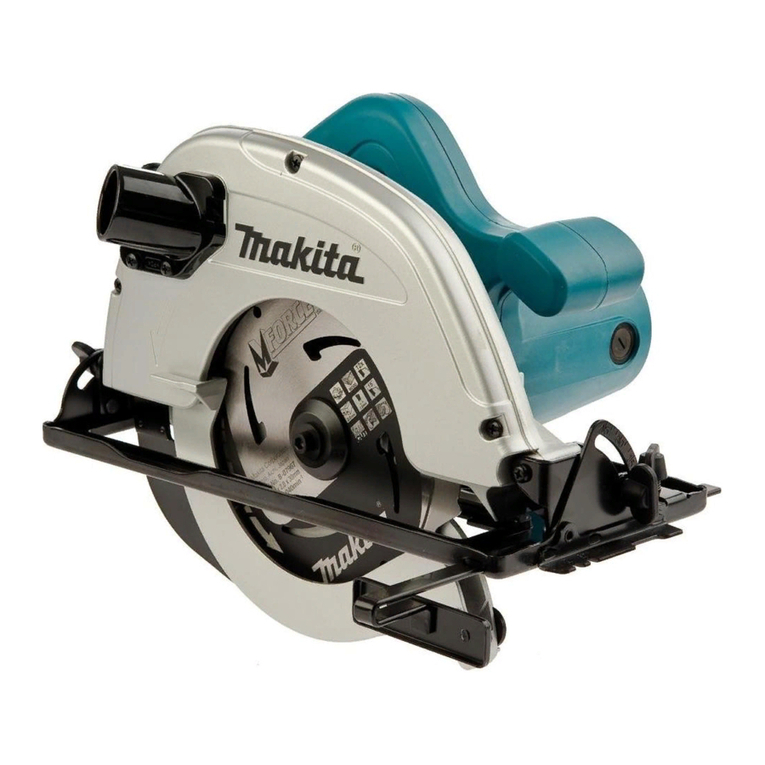
Makita
Makita 5704R User manual
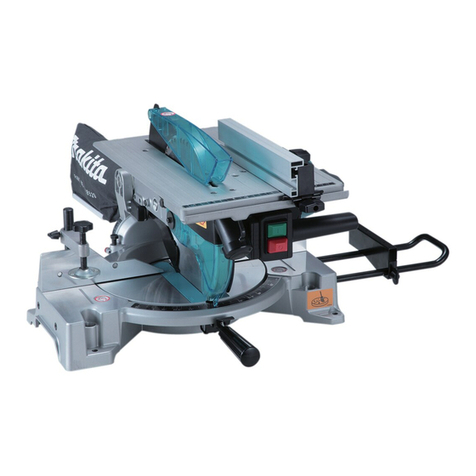
Makita
Makita LH1040 User manual
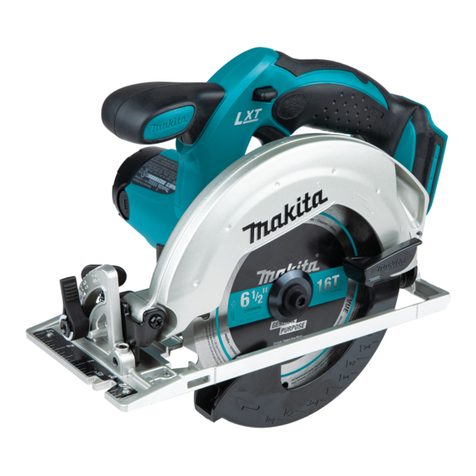
Makita
Makita XSS02 User manual

Makita
Makita LS1019 User manual

Makita
Makita LS0714 User manual
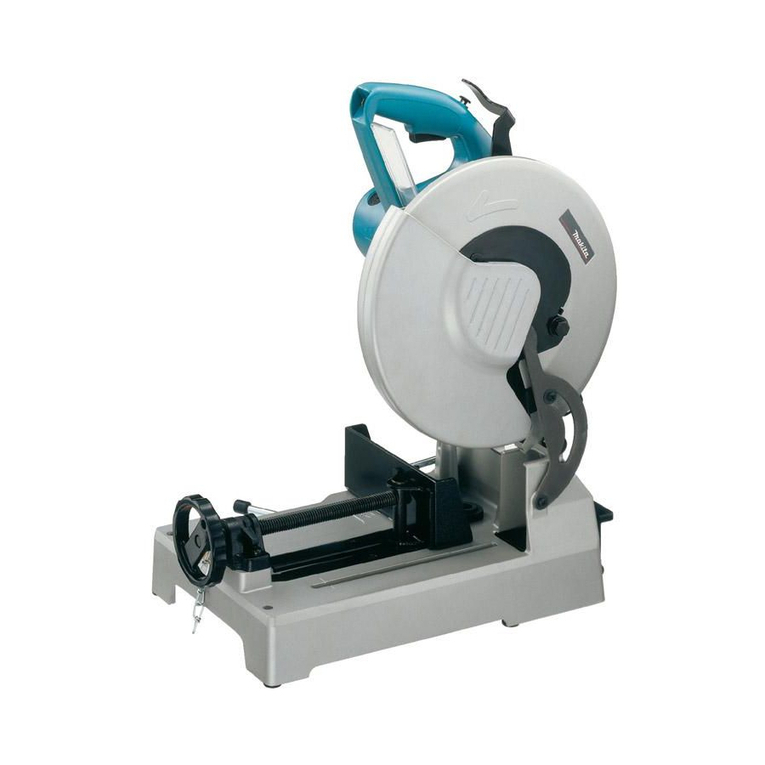
Makita
Makita LC1230 User manual

Makita
Makita M2300 User manual
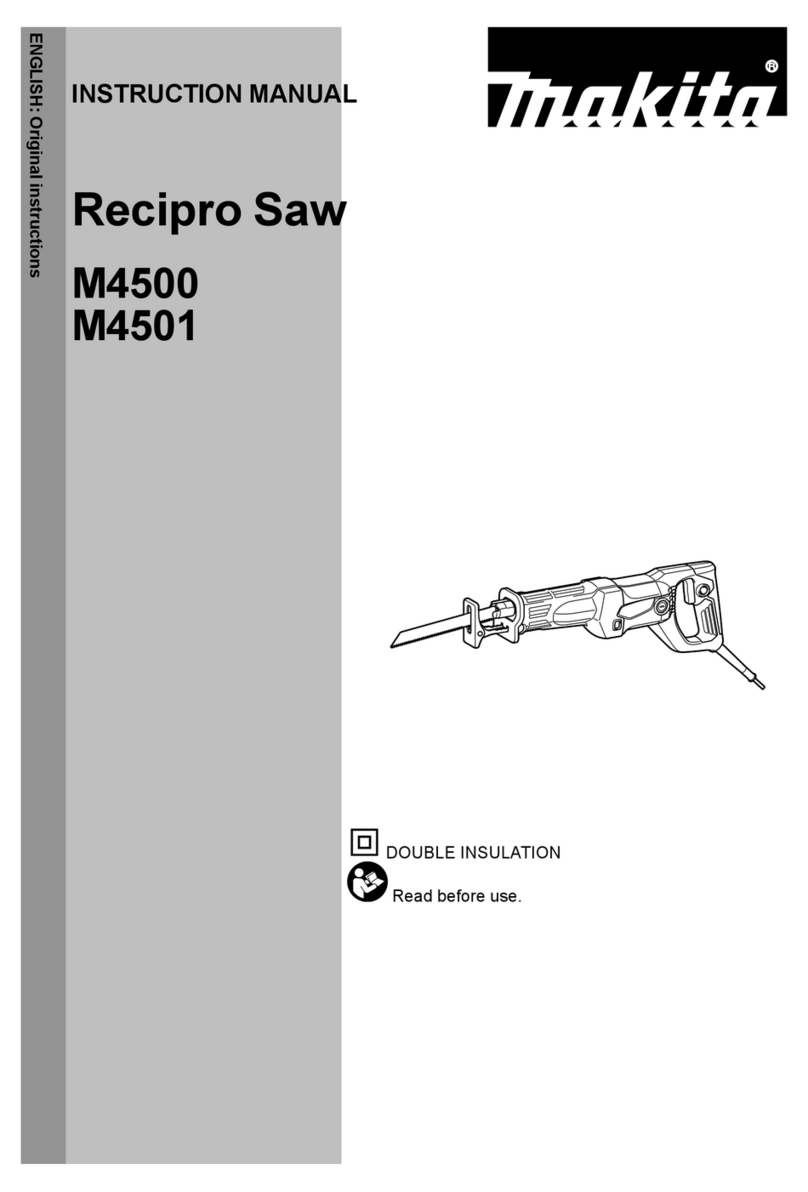
Makita
Makita M4500 Manual
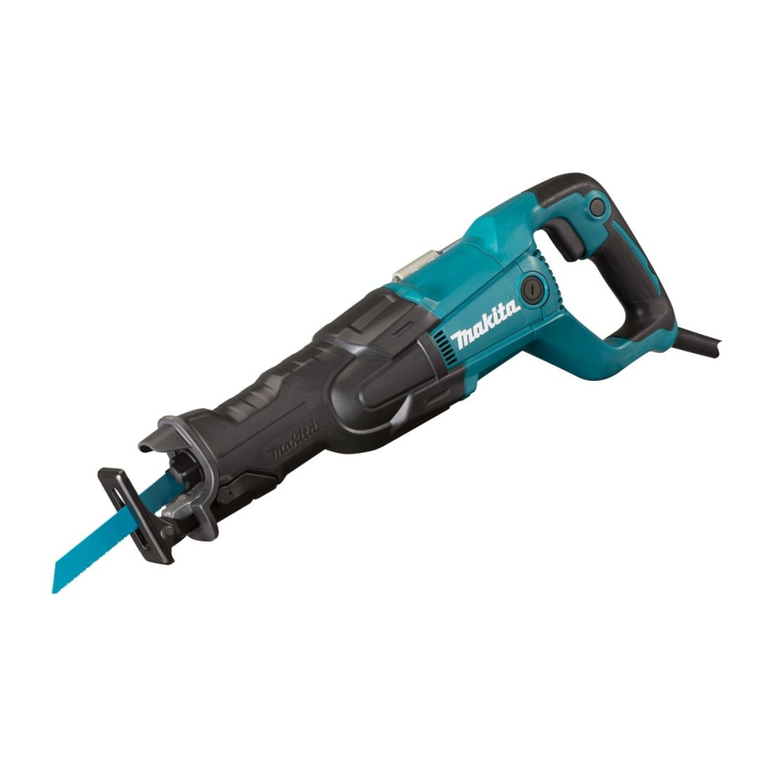
Makita
Makita JR3061T User manual
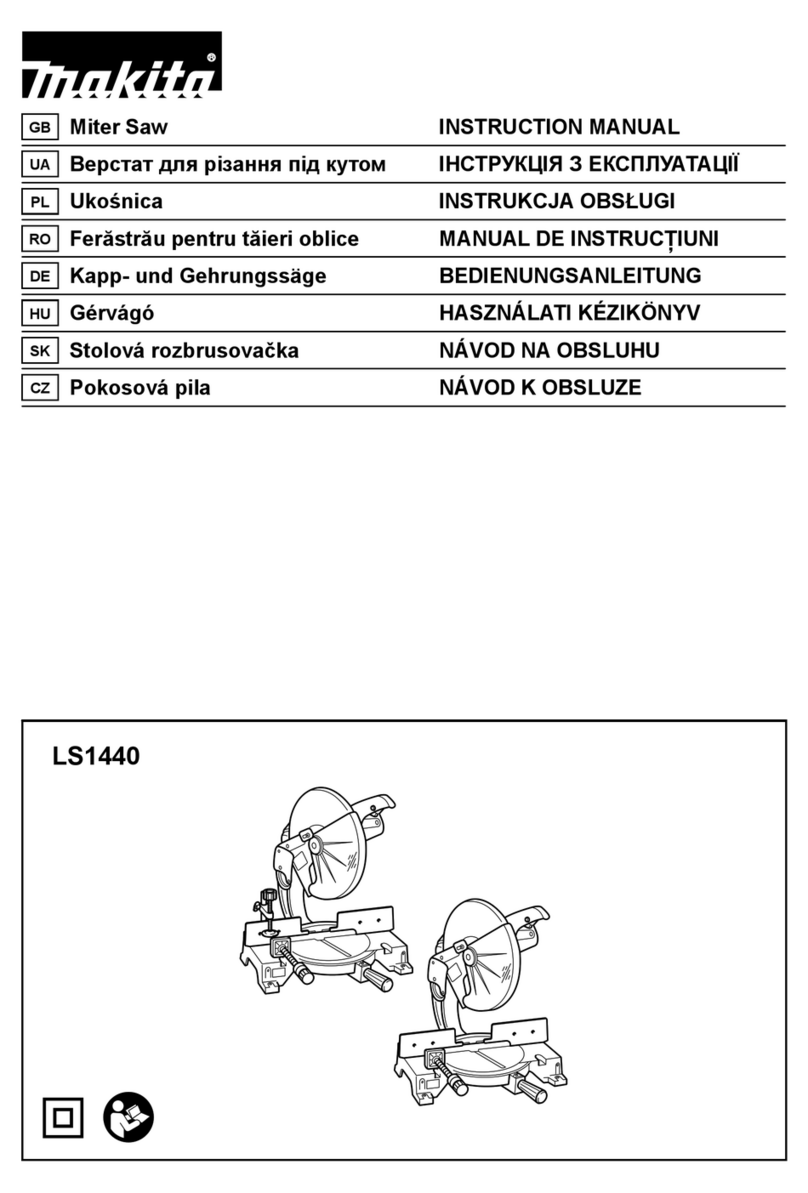
Makita
Makita LS1440 User manual
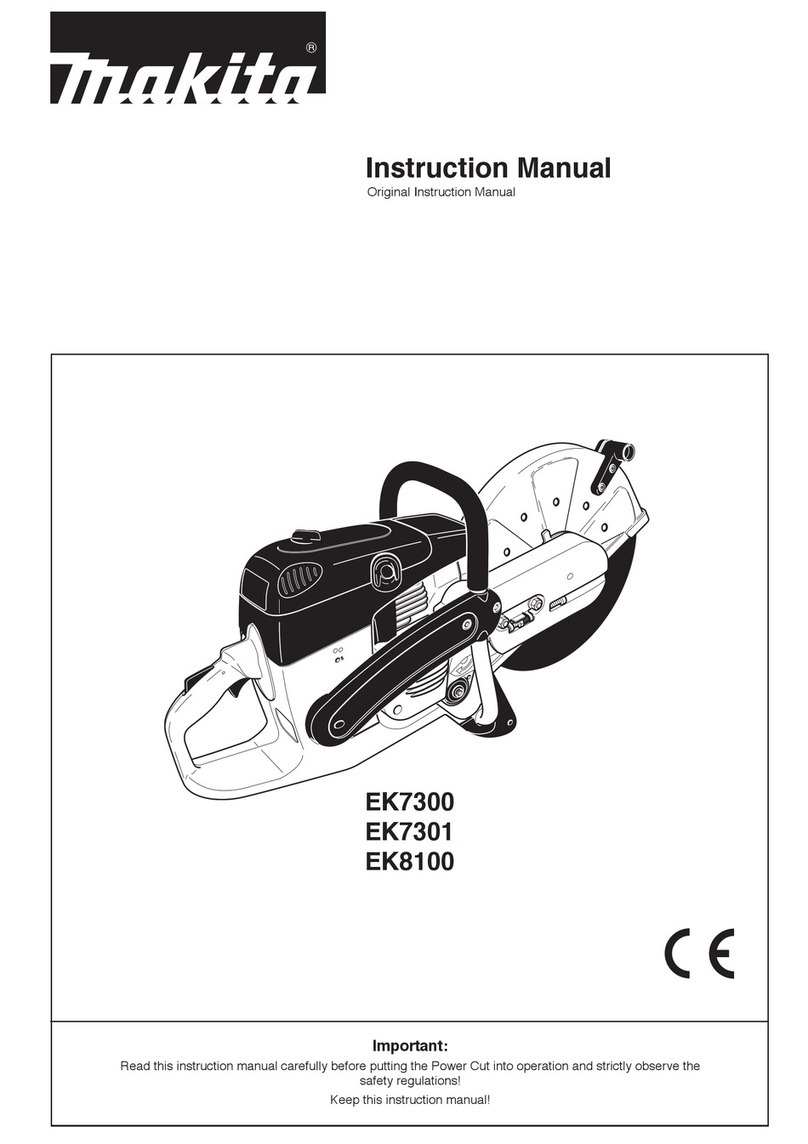
Makita
Makita EK7300 User manual
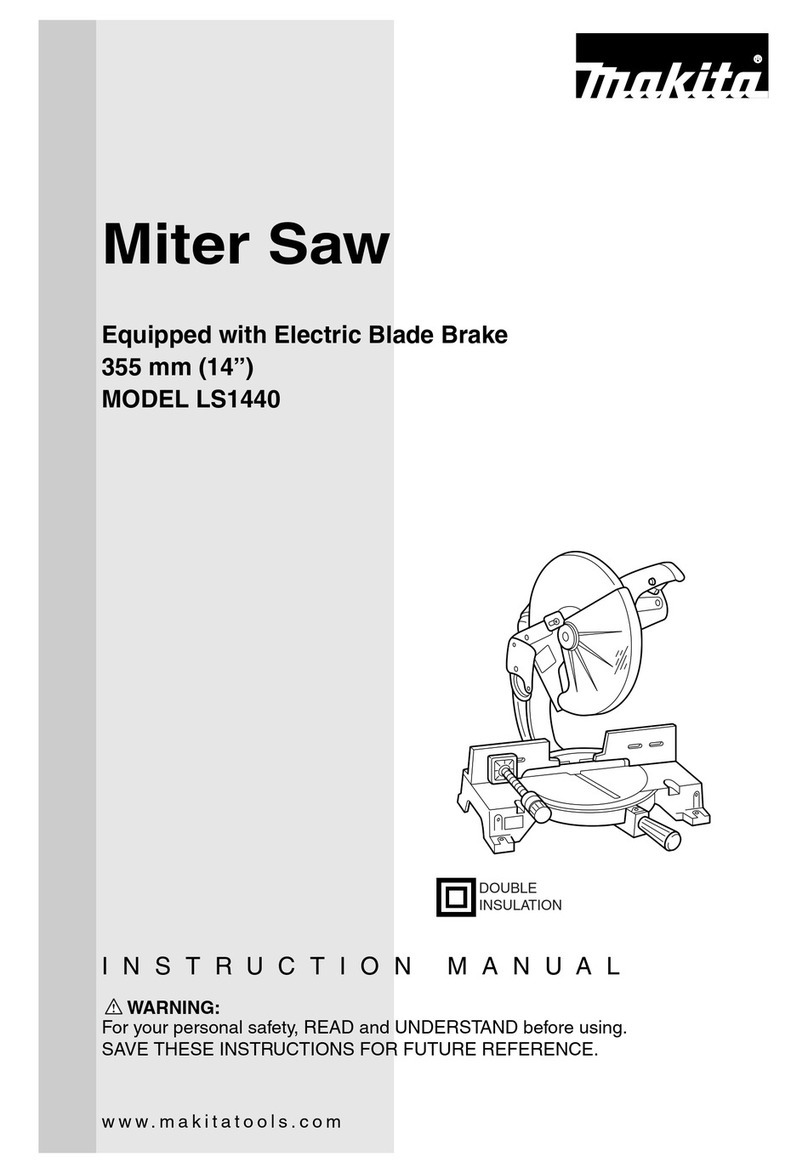
Makita
Makita LS1440 User manual
